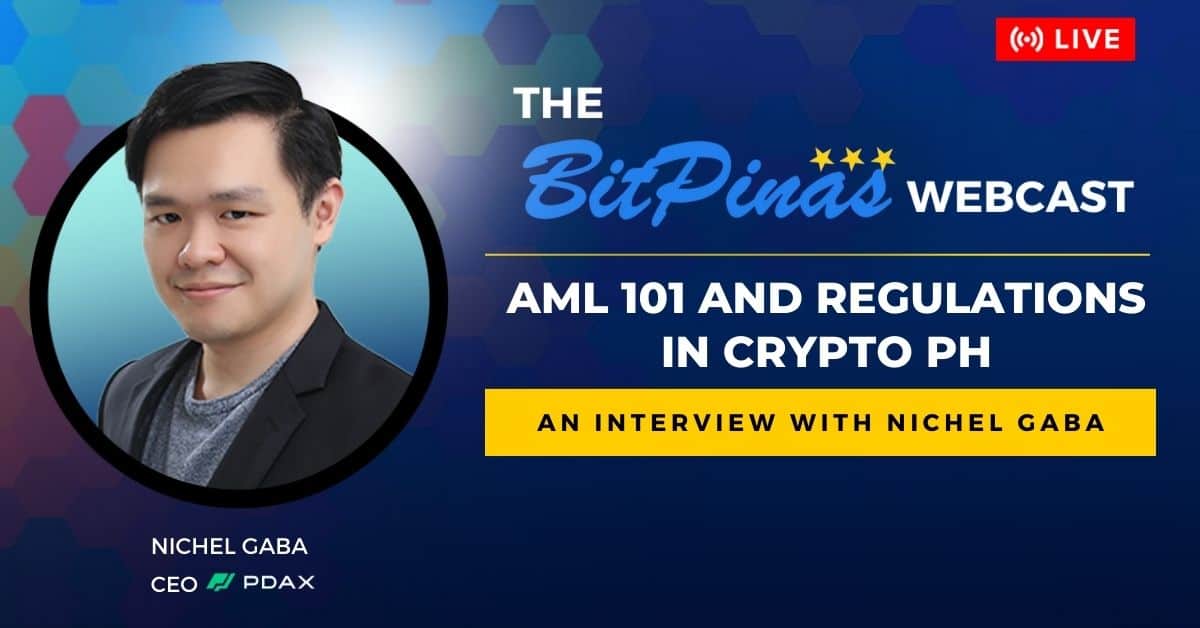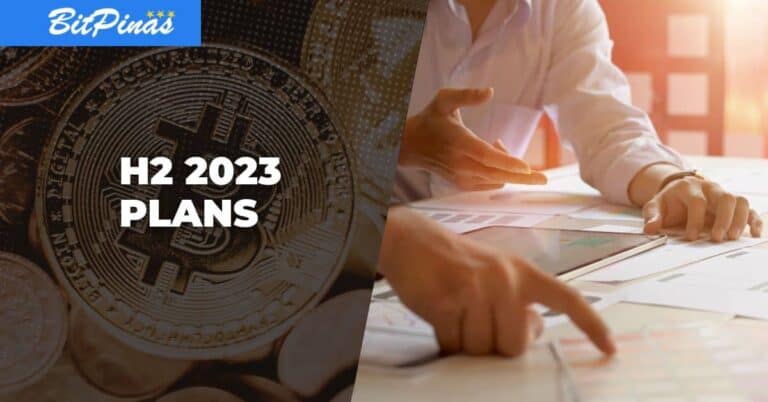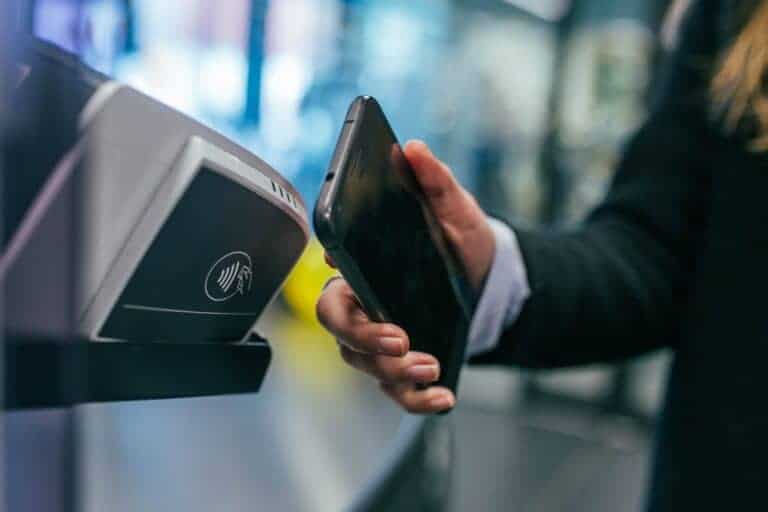PDAX CEO Shares How PH Crypto Exchanges Implement AML Rules
PDAX CEO Nichel Gaba details how Philippine crypto exchanges, with a blend of technology and regulation, enforce anti-money laundering rules, ensuring financial integrity in the crypto sector.

- According to PDAX CEO Nichel Gaba, the AML framework of a regulated centralized crypto exchange is not different from a bank’s framework.
- However, since they are more native to crypto, Gaba said that exchanges have tools to detect suspicious transactions on the blockchain, thus, having more appetite than traditional banks.
- Gaba also answered in this article where do the money that was tagged as money laundered go, and how do the BSP make sure that customer funds are safe under the hands of these exchanges.
“Our AML framework is no different from a bank.”
This is the surprising answer of Nichel Gaba, the CEO of PDAX, a Virtual Asset Service Provider (VASP) in the country, when asked about how Philippine crypto exchanges implement anti-money laundering (AML) rules set by the AML act (AMLA) and the Bangko Sentral ng Pilipinas (BSP).
“Except that for us, because we’re more native to crypto and we have tools that try to detect suspicious transactions sa blockchain, mas may appetite kami to assess iyong source of funds, at because we rely on technology, mas may ability kami to perform automated screenings, etc. So, we’re using technology to do something that I guess traditional banks have yet to adopt,” Gaba explained during the BitPinas Webcast.
How Do Local Crypto Exchanges Identify Money Laundering Transactions?
According to Gaba, there are qualifications on their list that are not allowed to make a transaction or even register an account. One of them is sanctioned persons like Bin Laden, terrorists, and more. Another one is the country of origin, like North Korea, Iran, and more.
The CEO also emphasized that local exchanges have criteria on the amount of transactions that users can perform depending on their source of wealth:
“An extreme example could, let’s say customer A says he is a part-time construction worker earning 2,000 pesos every week, etc. But his transaction involves three Bitcoin, and he has millions in his account, then we have to do enhanced diligence.”
Another revelation is that they also monitor their customers who are politically exposed, like politicians and their relatives.
Now, if local exchanges see a transaction as a potential money laundering activity, Gaba explained that they will immediately call the customer and ask where the money or transaction came from.
However, the CEO also stressed that if they are not satisfied with the customer’s explanation, they are obliged to either freeze the account or turn the client away.
Thus, to prevent this scenario, Gaba reminded the public to always show the document that will support where the money or transaction comes from to prove its legitimacy, whether a lotto certification, a business permit, or bank statements.
Automatic vs. Manual Flagging of Money Laundering Activities
Meanwhile, when asked if centralized exchanges do automatic flagging when their systems detect red flags, Gaba said that most of them have systems that check the risk indicators of a transaction and will notify them once certain risk triggers are reached.
However, the CEO assured users that they still do manual flagging because “you can’t just freeze an account because a risk flag has appeared. You still need an analyst to try and understand what the client is trying to do. And there is still manual flagging for sure.”
The Role of Regulation in Transactions
On the other hand, Gaba also shared that when a transaction is flagged as a money laundering activity, from his personal experience, AMLA’s rule states that a financial institution will give back the money to the customer and will then close the account permanently.
But what if a transaction is not tagged as money laundering but rather the exchange has been bankrupt or liquidated, what will happen?
Building Trust Through Regulation
“So, most regulated exchanges are required to keep customer lines completely separate from the funds of the company,” Gaba assured, mentioning that the FTX contagion happened because customer funds were not separated from the exchange’s funds.
Further, the CEO also spoke from an executive perspective, saying that “if you run a proper financial institution, you will already know that they need to be segregated, and in fact you don’t need to trust the exchange to segregate it. If it’s regulated, the BSP will visit you regularly to make sure that in fact they are segregated.”
This article is published on BitPinas: PDAX CEO Shares How PH Crypto Exchanges Implement AML Rules
Disclaimer: BitPinas articles and its external content are not financial advice. The team serves to deliver independent, unbiased news to provide information for Philippine-crypto and beyond.





